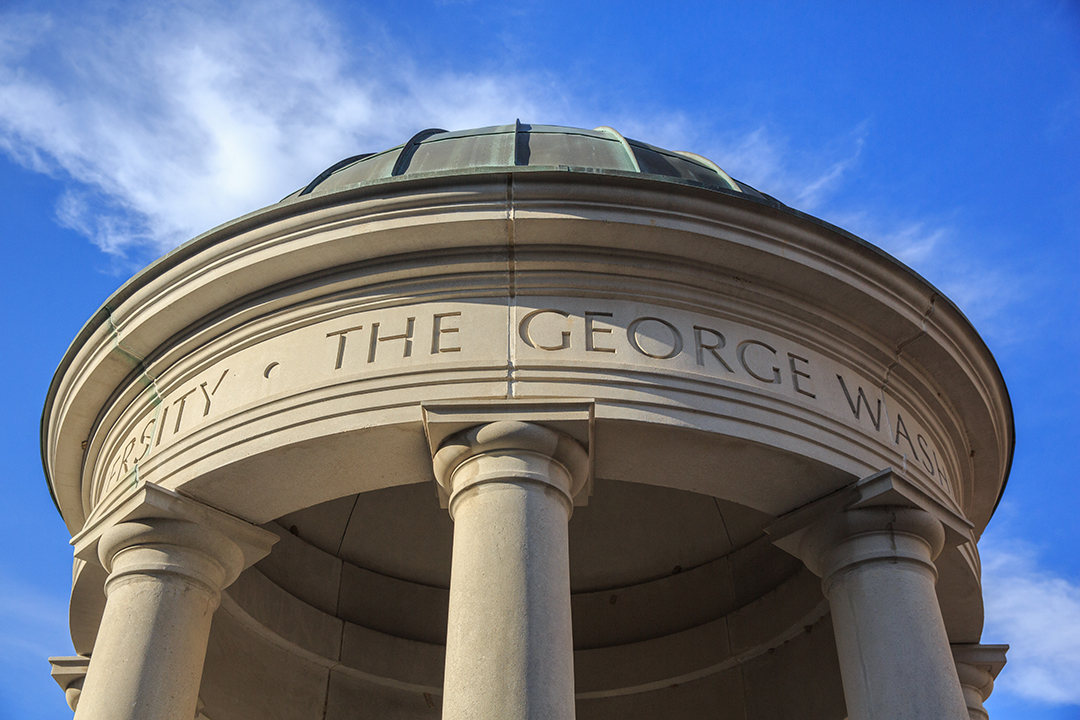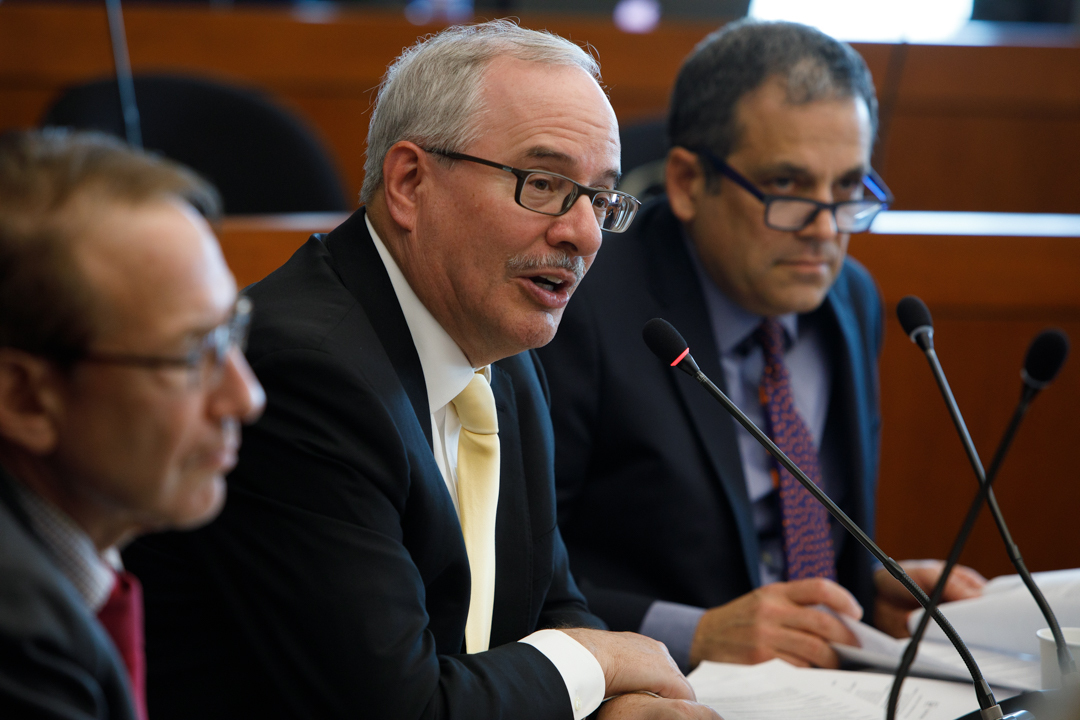To the GW Community:
I recently returned from the annual George Washington University Board of Trustees retreat. The board, along with university and faculty leadership, spent two days discussing the future of our university. We heard from outside experts on topics ranging from redefining the urban research university to building distinguished graduate programs to promoting faculty scholarship and research impact. Through thoughtful presentations and invigorating discussions, we began to visualize our path forward. It was an exciting couple of days, and I am more optimistic than ever about the future of our great university.
At the retreat, members of university leadership presented an initial framework for a five-year strategic plan for the university. The framework will sound familiar to many of you, as we have had numerous discussions during the past year on these topics. Still, we want to ensure that everyone hears the same message and prepares for a robust discussion in the coming months about where we want to lead the university together. We must align our expectations for the strategic plan and the outcomes we seek across the entire university if we are going to achieve the preeminence we seek. I want to share some of our thinking with you here; there will be much more to come when our community is back on campus for the fall term.
Our aspiration for preeminence as a comprehensive, global research university requires focused efforts in four strategic areas:
- High-Quality Undergraduate Education
- Distinguished and Distinctive Graduate Education
- World-Class Faculty
- High-Impact Research
I can sum up in three words the feedback I have heard from faculty, students, staff and the Board of Trustees about the future: Better, not bigger. Our intention is to continue to improve everything we do at GW by being even more focused on quality and less focused on quantity. What do I mean by that? I’ll give you one example. During the past five years, we have grown our undergraduate student body significantly. We have stretched our facilities, our services, our staff and our faculty to accommodate that growth. Now, we need to right-size the undergraduate student population by reducing it by 20 percent over five years. This gradual reduction in size will help us offer the high-quality undergraduate experience our students expect and deserve.
In addition, we cannot be a preeminent global research institution unless we expand our commitment to science, technology, engineering and mathematics (STEM), building on and adding to our core strengths in politics, policy, law and international affairs. I want to be clear: I am talking about and, not or. Increasing the number of students studying STEM subjects will broaden the conversations in our classrooms, our labs and our residence halls. Increasing our capacity for teaching and research in STEM also will strengthen our students’ experience in non-STEM fields, preparing all GW graduates for an increasingly technological society.
Concerning the other strategic areas, we will assess and strengthen our master’s and doctoral programs and develop strategies for excellence. As we think about tackling some of the most challenging research problems today, we need to build support for team scholarship as well as new capabilities in data analytics, which benefit all disciplines. As we continue to build our world-class faculty, we will develop new strategies to recruit, retain and support the teaching and research needs of our faculty.
I will share more details as we move forward, and your input is encouraged. For now, I would ask that you share your thoughts with your dean or through my office.
Thank you for your dedication to GW. Our future is bright, and I look forward to continued collaboration as we move forward with the strategic planning process at the start of the new academic year.
Sincerely,
Thomas LeBlanc
President




